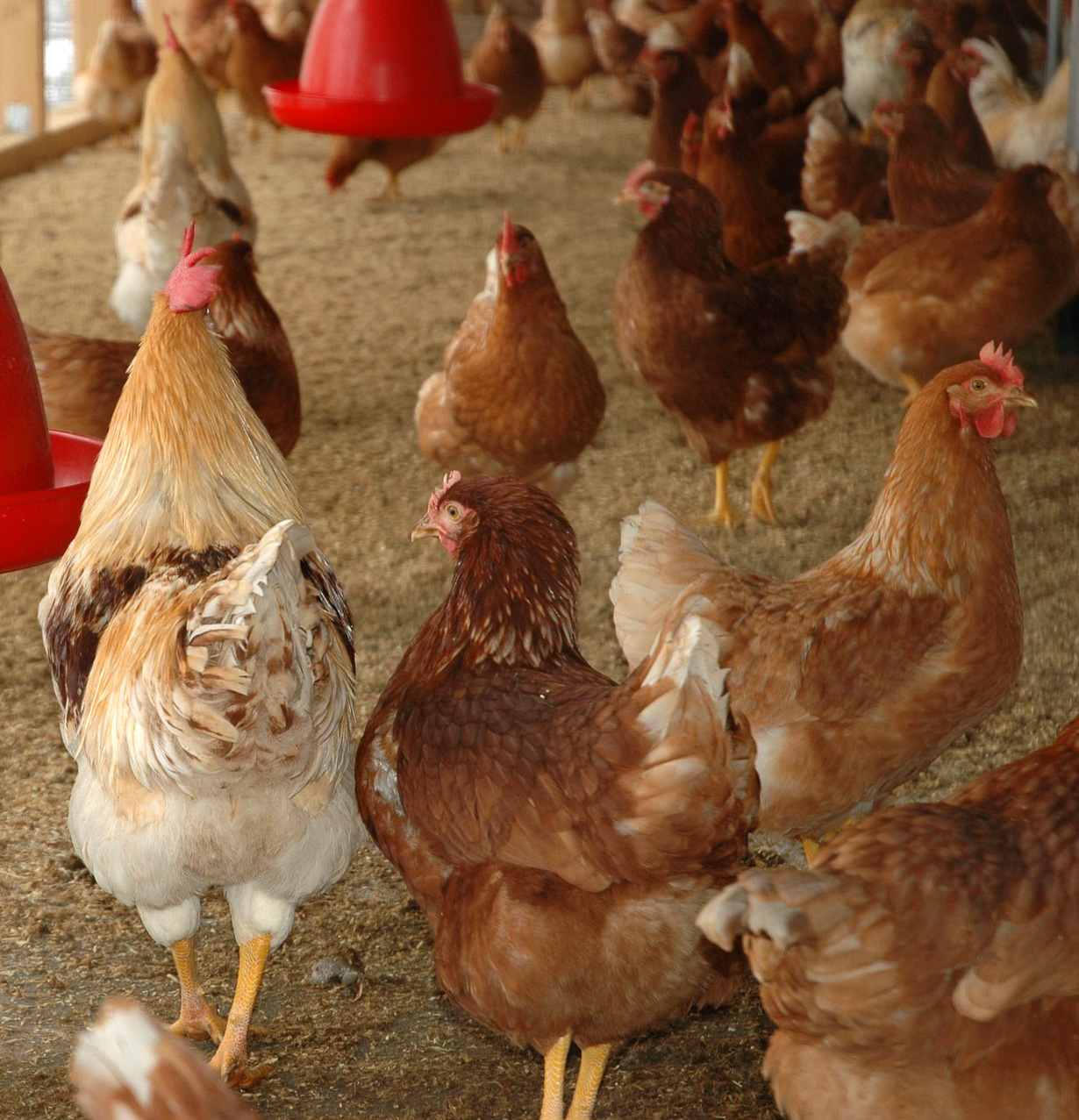The incorrect assumption that Natural Resources Wales is regulating the spreading of digestate and protecting SAC rivers has allowed planners to approve developments that will probably damage them.
In late 2021, a new poultry unit in the Wye catchment was allowed to proceed by planners even when the extra manure it created might further a river already failing its phosphorus targets.
The justification for its approval was that the extra manure would be taken to an AD plant regulated by Natural Resources Wales and would therefore not cause any damage to a SAC. This justification was accepted by planners and the High Court judge who refused Fish Legal’s judicial review of the decision.
In reality, the spreading of the plant’s digestate occurs on land that is in the Wye and Usk catchments and Natural Resources Wales’s own monitoring shows extremely high phosphorus levels in the streams that drain the spreading areas and flow into the Wye SAC. These high phosphorus levels cannot be attributable to any other source, yet Natural resources Wales are still allowing this to happen.
In other words, the incorrect assumption by planners and the courts that Natural Resources Wales are regulating AD plants and their digestate spreading is leading directly to further environmental damage to a protected river. This assumption will be happening in other parts of Wales too. It is referred to as the planning “gap” or “black hole”.
In an encouraging development in this issue, Welsh Government ‘called in’ an application for yet another poultry shed in the Wye catchment in January 2023, putting at least a temporary halt to it. We are awaiting with interest to see what happens next but the result may well have implications not just for the Wye but for rivers across Wales.Â

